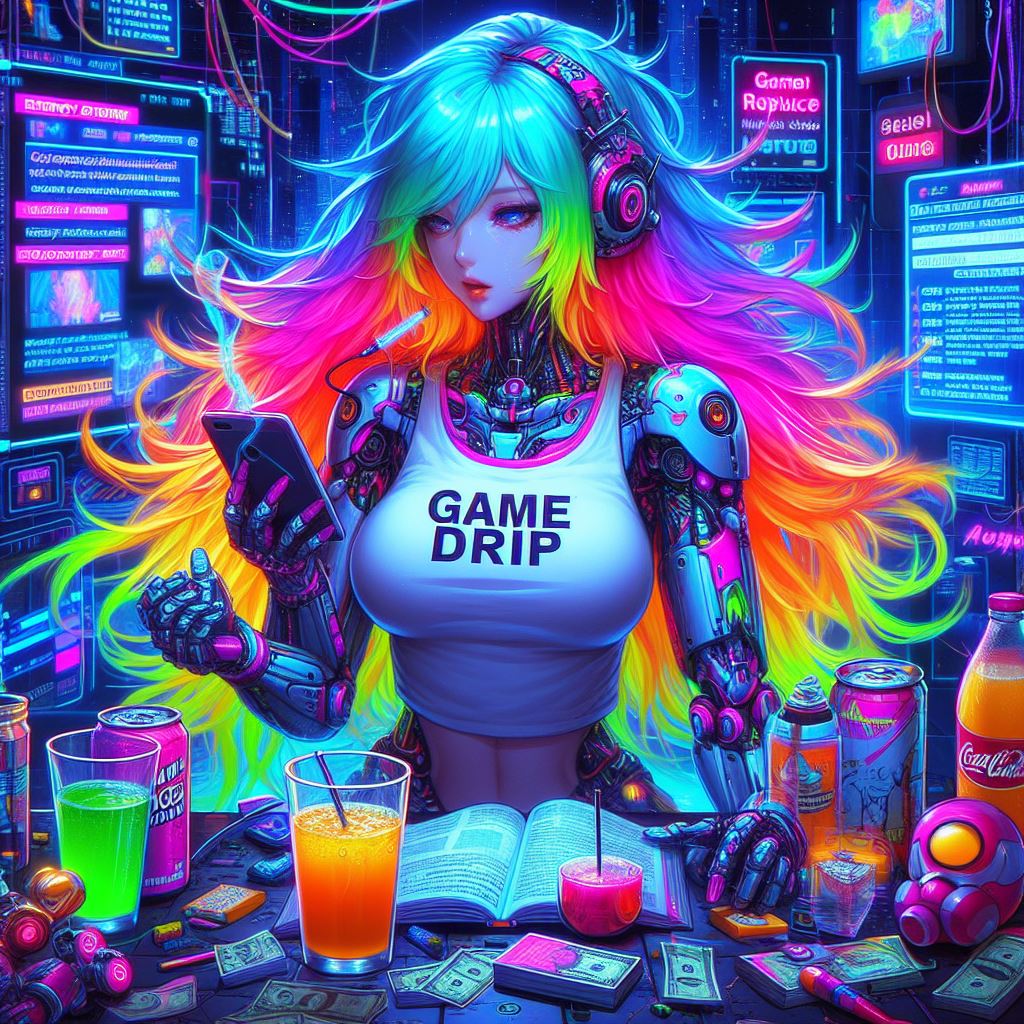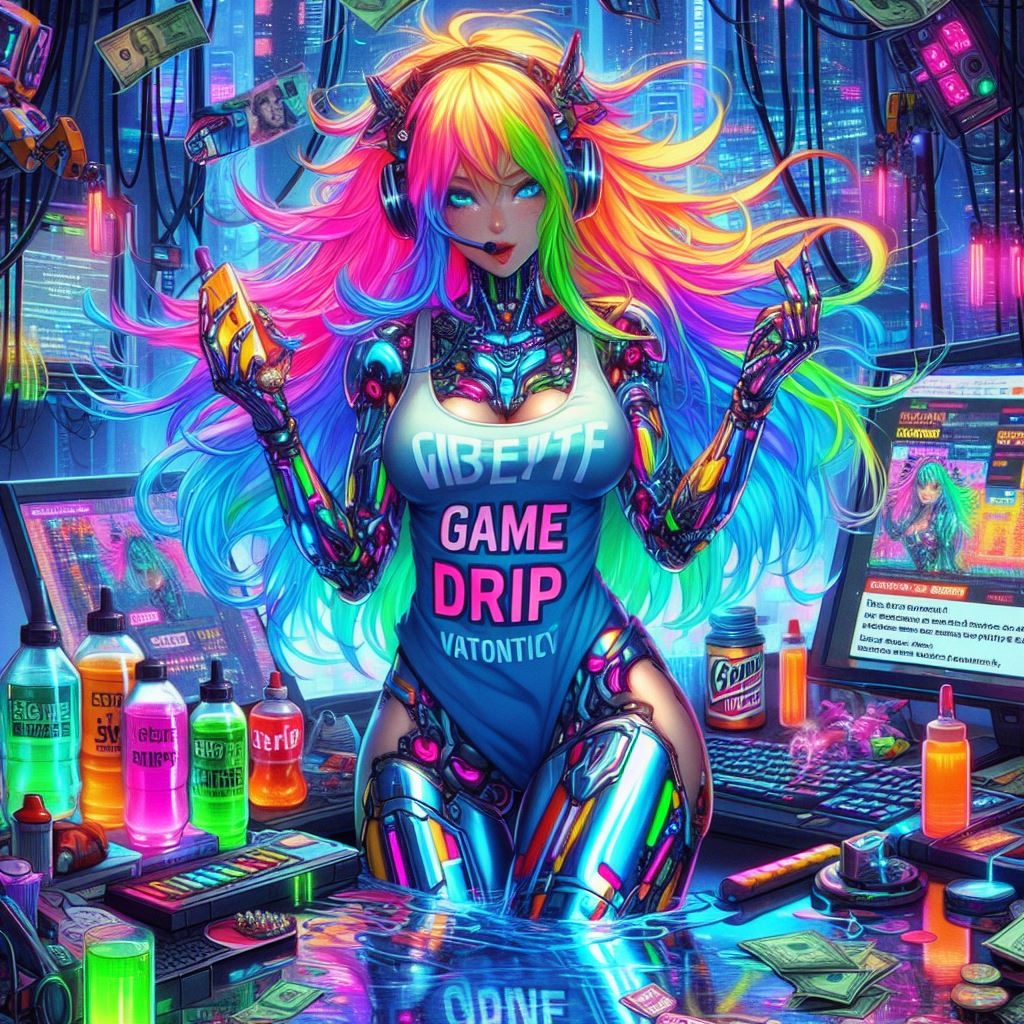As featured on Minecraft Servers Listing
#Xypheria #SemiVanilla #SMP #Whitelist #Economy #Survival
![Xypheria [Semi-Vanilla] [SMP] {Whitelist} {1.16+} {18+} {Economy} {Survival}](https://game-drip.com/wp-content/uploads/img/gamedrip-news-top-9209.jpg)
18+ (THIS IS A REQUIREMENT, NOT A SUGGESTION)
Are you looking for a community to join and build with?
Then Xypheria is the place for you!
We want to invite you to join our community and have fun with us! We strive to be as close to vanilla as possible, with a few helper datapacks that do not change the gameplay experience. A full list can be found in our discord and lobby!
What is Xypheria?
![Xypheria [Semi-Vanilla] [SMP] {Whitelist} {1.16+} {18+} {Economy} {Survival}](https://game-drip.com/wp-content/uploads/img/gamedrip-news-popular-2507.jpg)
Friendly and mature whitelist SMP based on the hermitcraft concept, started by a tight-knit core of players about a year ago!
No community farms other than the enderman farm, as we believe making things free only leads to people getting bored and having less on their to-do list. Plus it keeps the economy going! But we encourage people to team up to build massive farm projects if they so desire. We aim to create a strong long term server full of nice things, both technical and beautiful looking.
BungeeNetwork:
You can join our Lobby world and talk to our members as all our servers are connected. You won’t be able to leave the Lobby world until you are accepted! If you like what you see and who you talk to, apply on our discord! Join the Lobby at:
xypheria.net
![Xypheria [Semi-Vanilla] [SMP] {Whitelist} {1.16+} {18+} {Economy} {Survival}](https://game-drip.com/wp-content/uploads/img/gamedrip-news-latest-1548.jpg)
Website: [b]http://xypheria.net/[/b]
Is Xypheria the server for you?
Whether you are a casual or hardcore, we accept players from all time zones and playstyles, casual or super active, hoping to add quality and friendly members to our community. Here is some of the things we are looking for in potential applicants:
So if you think Xypheria is the server for you, or you are the player Xypheria needs, feel free to join our discord and post an application in the appropriate channel and someone will reply to you as soon as possible! Hope to see you all in-game soon!! ^^
P.S. Our server is a twitch and youtube friendly server! One of the base things everyone has to know is you may or may not be recorded! If you join our server, it is expected for you to be okay with this!
Discord Link: [b=false]https://discord.gg/8FwYpUt[/b]
ONCE AGAIN, DO NOT REPLY HERE, JOIN DISCORD AND POST IN THE APPLICATION CHANNEL THANK YOU.
The Staff:
Admins
Mods
Volunteers
If you need anything please message us!


![How about "Astral Poke Adventure [Mod]"?](https://game-drip.com/wp-content/uploads/2024/04/gamedrip-news-best-7214.jpg)


















![Xypheria [Semi-Vanilla] [SMP] {Whitelist} {1.16+} {18+} {Economy} {Survival}](https://game-drip.com/wp-content/uploads/img/gamedrip-news-popular-8526.jpg)